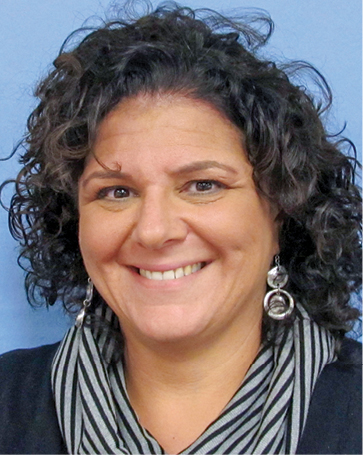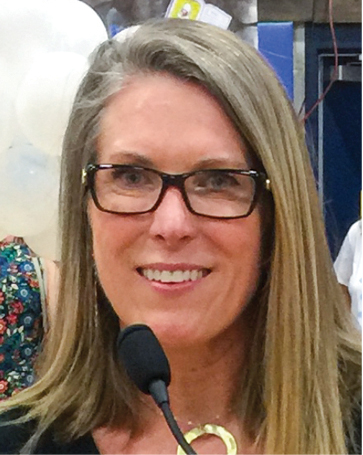Debunking Education's Neuromyths
September 01, 2017
Appears in September 2017: School Administrator.


Common misguided beliefs, or “neuromyths,” about the brain and learning can be traced to misunderstood or refuted research findings. Popularized in professional literature and the news media, these myths can have a powerful hold on educators.
Over the past decade, neuroscience has disproven several common misconceptions through neuroimaging devices and other brain research.
Educators would do well to consciously examine their ingrained beliefs and practices relating to these three brain myths.
Myth 1: We use only 10 percent of our brain.
Actually,
we use 100 percent of our brain. New research technologies — the positron emission tomography and functional magnetic resonance imaging — have debunked this belief. Scientists confirm we use most of our brains most of the time. Even during
sleep, our brain remains highly active.
This myth’s origin has been linked to research in the 19th and 20th centuries by Pierre Flourens, a pioneer in experimental brain science, and Karl Lashley, a psychologist and behaviorist, who studied learning and memory. Perhaps the most-cited
connection to this myth is a quote attributed to psychologist and philosopher William James, who stated in his 1907 book The Energies of Men, “We are making use of only a small part of our possible mental and physical resources.”
Implication: Educators who believe we use only 10 percent of the brain may fall prey to advertisements and promotional gimmicks for products that claim to unleash “the unused
90 percent.”
Myth 2: We are either left-brained (rational, analytical and objective) or right-brained (intuitive, artistic and creative) dominant.
No evidence supports
the left-brain vs. right-brain dominant theory. In fact, the left hemisphere specializes in language, speech, and mathematical and analytical function while the right hemisphere specializes in facial recognition, attentional monitoring and spatial
orientation. While differences in specialization exist, the two hemispheres work together through the connective fibers of the corpus callosum.
This myth is linked to “split brain” research by 1960s neuropsychologists Roger Sperry and Michael Gazzaniga. Their research was on patients with severe epilepsy who had their corpus callosum severed. The research showed the two hemispheres
of the brain control different aspects of thought and action.
Implication: Educators perpetuate the idea of learners possessing a stronger side, often attributing a perceived
dominance as an explanation for a learner’s strengths and weaknesses. Doing so can have a negative effect, as learners may unconsciously suppress counter skills. Creativity and analytical skills should be discussed in tandem, not in opposition,
to promote the development of each.
Myth 3: We learn better when we receive information in our preferred learning style (e.g., auditory, visual, kinesthetic).
Although a widely
accepted theory and perhaps one of the key influences in the design of instruction, no scientific evidence supports this view. In fact, recent studies show the use of learning styles in instruction results in no difference in student performance.
The origin of this myth is uncertain.
Implication: Identifying learners as having a learning style can stifle and misrepresent a learner’s potential. According to the well-respected
Education Endowment Foundation in England (which funds academic research on effectiveness and attainment), labeling students as particular kinds of learners may diminish their motivation to engage in activities or believe their struggles are due to
the learning style.
To the contrary, differentiating instruction recognizes the reality of learner variance and provides multiple pathways of learning. This challenges learners on all levels, supporting mastery and self-efficacy.
Debunking Efforts
School leaders can use professional development to debunk such myths and inform classroom practice. Ideally, the training should be experiential and incorporate new research-based models in brain-based teaching and learning strategies.
Often, our beliefs are so firmly established in our unconscious minds that it is difficult to change beliefs and practices. As educators, we must view teaching and learning as evolutionary, dispelling neuromyths and informing our practices with new research from the neuro, cognitive and learning sciences.
About the Authors
Kristen Betts is a clinical professor in the School of Education at Drexel University in Philadelphia, Pa.
E-mail: kbetts@drexel.edu.
Tara Parr is a technology integration coordinator in the Perkiomen Valley School District in Collegeville, Pa.
Advertisement
Advertisement
Advertisement
Advertisement


.png?sfvrsn=3d584f2d_3)